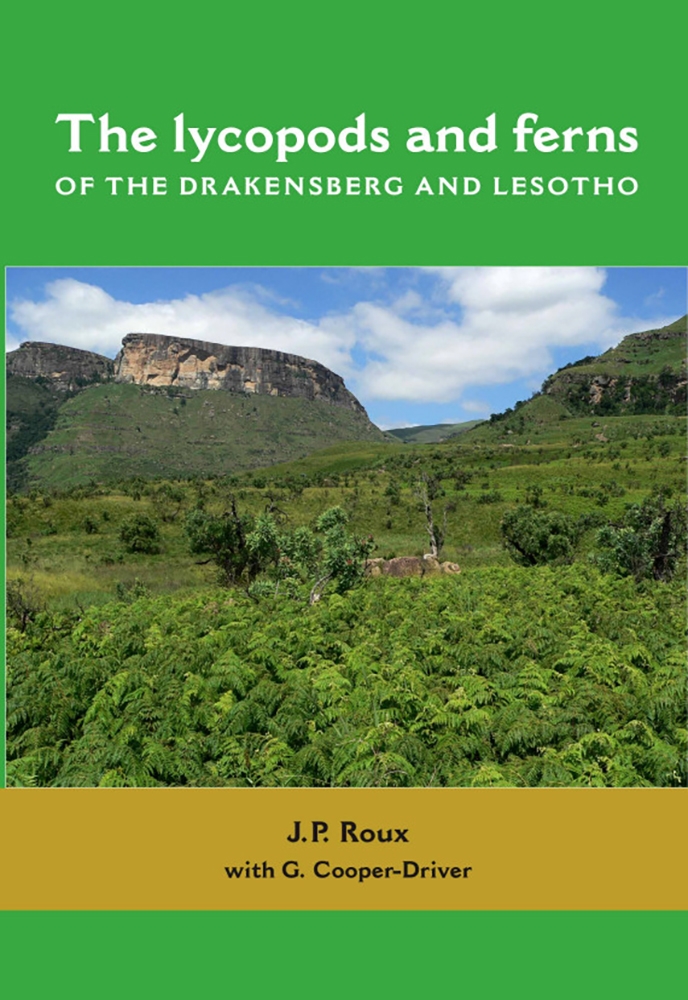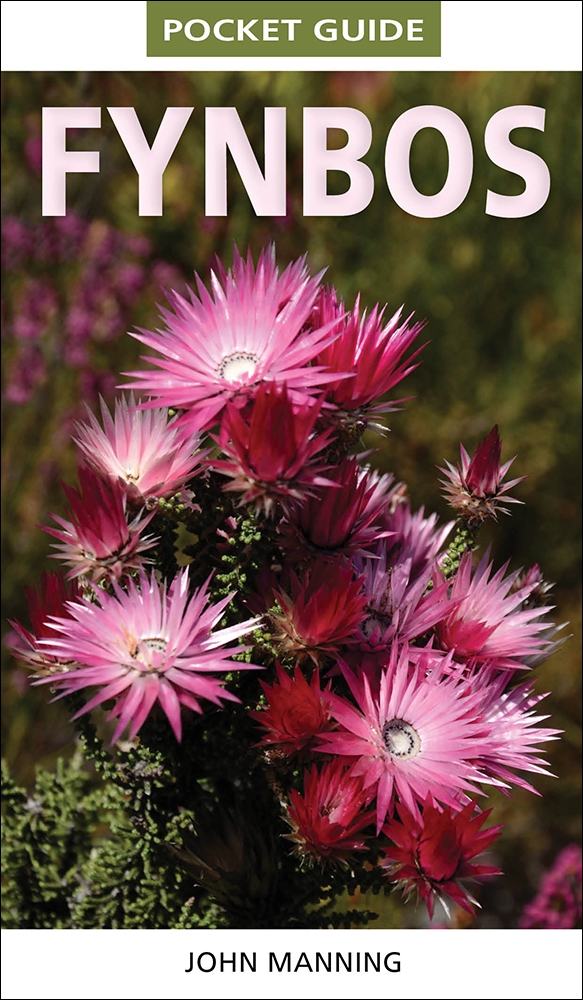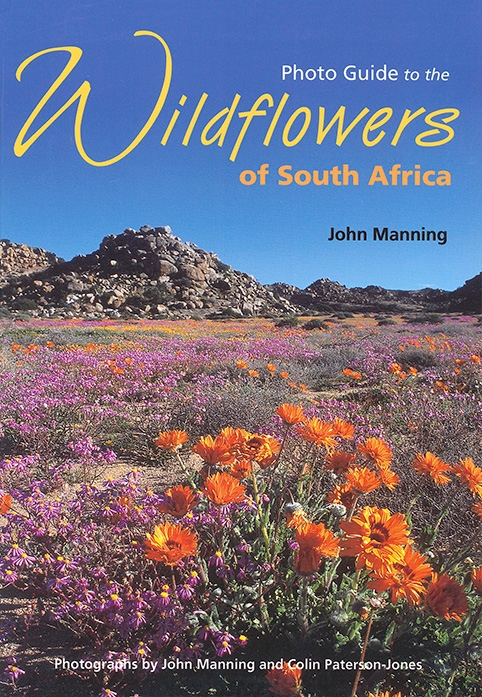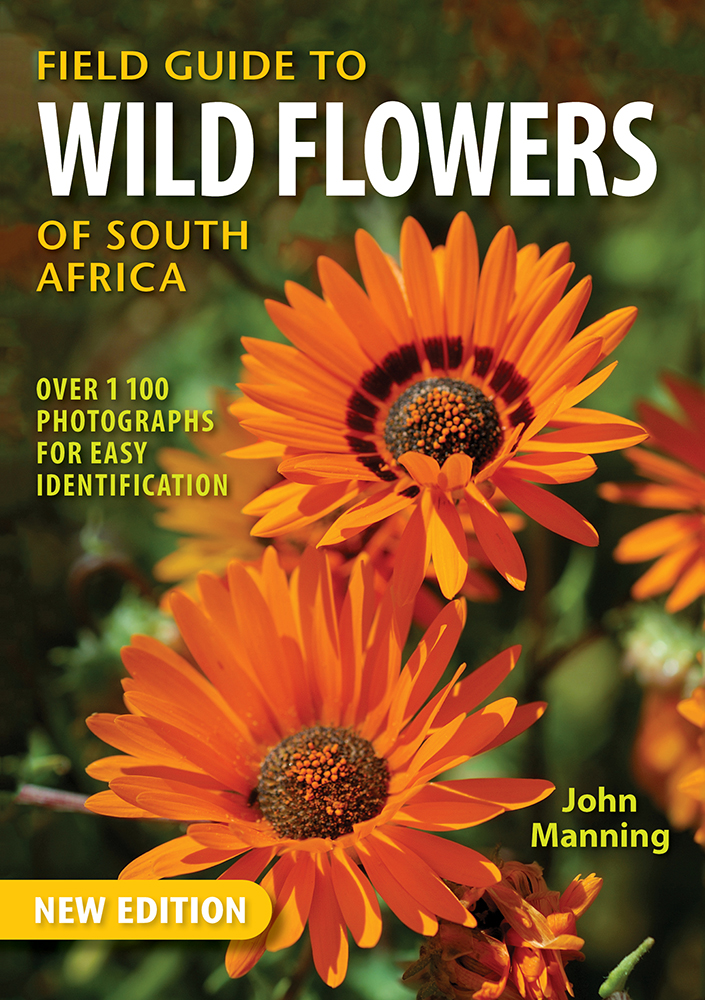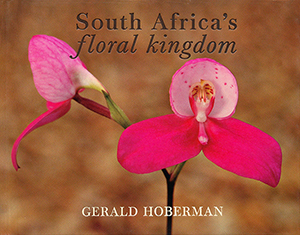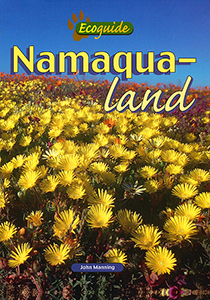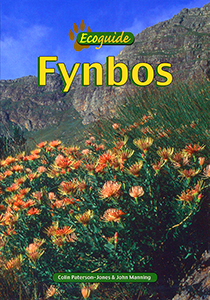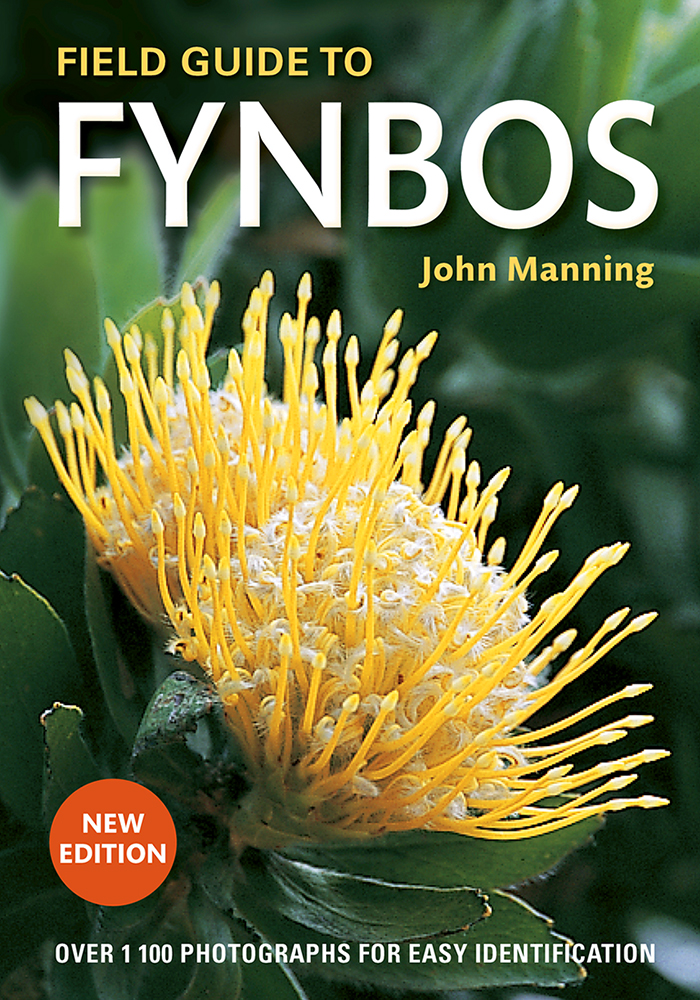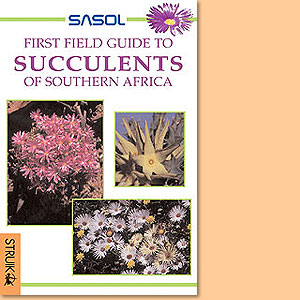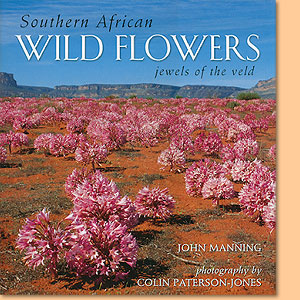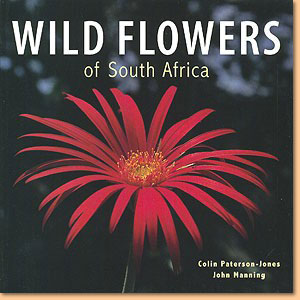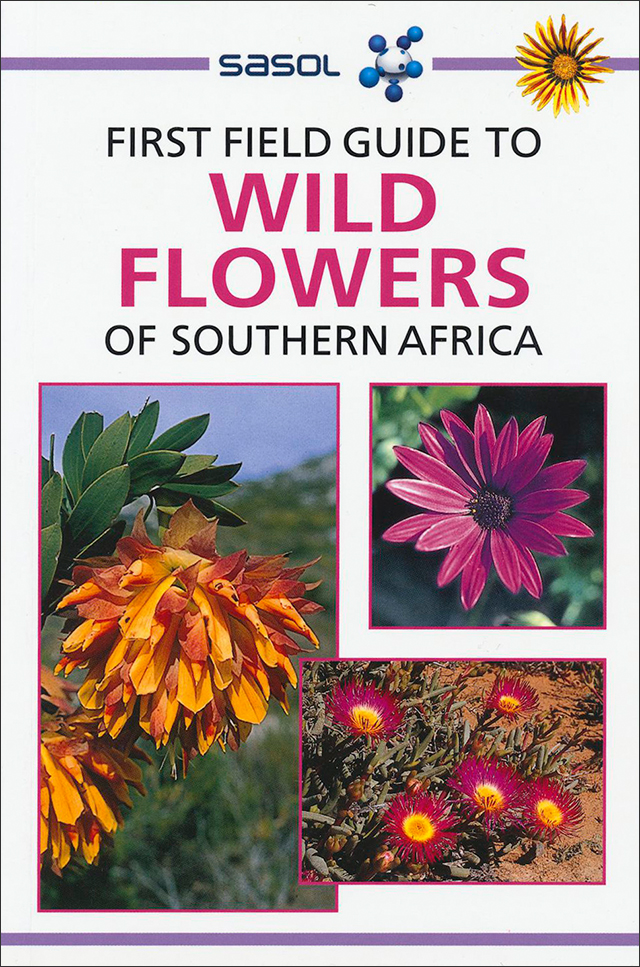The lycopods and ferns of the Drakensberg and Lesotho, by J. P. Roux, G. Cooper-Driver and John Manning
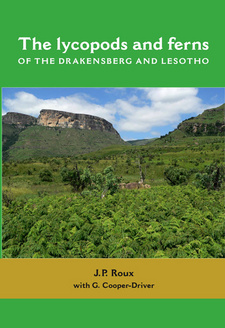
The lycopods and ferns of the Drakensberg and Lesotho, by J. P. Roux, G. Cooper-Driver and John Manning. Briza Publications, South Africa 2016. ISBN 9781920146108 / ISBN 978-1-920146-10-8
The lycopods and ferns of the Drakensberg and Lesotho by J. P. Roux, G. Cooper-Driver and John Manning is essential reading for all those interested in learning more about these remarkable plants of South Africa.
Introduction
The Lesotho highlands and adjacent Drakensberg escarpment is the highest and most mountainous region in southern Africa. The Drakensberg or Dragon Mountains, with their jagged peaks, are known to the amaZulu as Quathlamba (more recently spelled uKhahlamba) - the barrier of upright spears. The Basutho, on the other hand, refer to the escarpment more prosaically as Dilomo isa Natalia - the cliffs of Natal. This wilderness, home to the San people for many millennia, is one of South Africa's prime eco-tourist destinations and is frequented by thousands of local and foreign visitors annually. In 2000 the Drakensberg was declared a World Heritage Site. Visitors come here to experience its natural beauty and the peace and tranquility that it provides. For the more serious nature lover, a fair amount of literature on the history, animals, birds, and the flowering plants of the region is available. This, however, is not true for the lycopods and ferns of the region. This book aims to expose the visitor to the diversity of these often overlooked plants. The lycopods and ferns of the Drakensberg and Lesotho provides the reader with diagnostic descriptions, habitat notes, and distribution data of the 117 native and naturalised lycopod and fern taxa known to occur in Lesotho and the Drakensberg region. The area covered by this book falls between 28°-31°S longitude and 27°-30°E latitude and focuses primarily on those species occurring above the 1 500 m contour (Figure 1). This window extends from the highlands of the north-eastern Free State, across Lesotho (even though a narrow north-south oriented strip of land in the west falls below the 1 500 m contour), to the KwaZulu-Natal Drakensberg escarpment and foothills, including outlying mountains such as the Little Bamboo Mountain (2 421 m), Kamberg (2 095 m), Mahwaqa Mountain (2 083 m), and the Ngele Mountain range (2 268 m). To the south it incorporates the Eastern Cape Drakensberg as far as Elliot and the Witteberg. All subsequent references to the Drakensberg in this book allude to the region as defined here. The broken topography, harsh climatic conditions, and varied geology of the region account for the remarkably rich plant diversity found here. Approximately 2 620 species of flowering plants occur in the region, of which an estimated 13% are endemic to it. The Drakensberg (Alpine) Centre, one of eight centres of endemism recognized in southern Africa, falls within this area. Chapter 1 presents an overview of the topography, geology, climate, and vegetation of the area, necessary for understanding the diversity and distribution of the lycopod and fern species occurring in the Drakensberg. Chapter 2 gives a brief historical overview of the classification of these plant groups, followed by an outline of the major lycopod and fern groups and their relationships as currently understood. Chapter 3 explores the distinction between lycopods and ferns, formerly associated as the ferns and fern-allies. This chapter also deals with the major plant structures, essential for understanding and identifying these varied plants. The long evolutionary history of the lycopods and ferns, together with their rich fossil record, has resulted in the development of an exceptionally large number of diverse classifications. The recent advent of molecular techniques has greatly aided resolution of the situation, supporting some of the relationships proposed earlier and suggesting novel ones among other groups. Chapter 4 is a brief overview of the economic value of ferns. Chapter 5 includes a description, synonymy relevant to the region, and information on the distribution and ecology for each of the 117 native and naturalised lycopod and fern species recorded from the Drakensberg and Lesotho. This information is supplemented with a distribution map for each species based on field observations and material lodged in several South African herbaria, and photographs illustrating the species in their natural habitat. [...]
This is an excerpt from The lycopods and ferns of the Drakensberg and Lesotho, by J. P. Roux, G. Cooper-Driver and John Manning.
Title: The lycopods and ferns of the Drakensberg and Lesotho
Authors: J.P. Roux; G. Cooper-Driver
Editor: John Manning
Publisher: Briza Publications
Pretoria, South Africa 2016
ISBN 9781920146108 / ISBN 978-1-920146-10-8
Hardcover, 17 x 24 cm, 392 pages, 307 photographs plus 17 illustrations
Roux, J. P. und Cooper-Driver, G. und Manning, John im Namibiana-Buchangebot
The lycopods and ferns of the Drakensberg and Lesotho
The lycopods and ferns of the Drakensberg and Lesotho is the most comprehensive account of lycopod and fern species occurring in the Drakensberg and Lesotho region.
Photo Guide to the Wildflowers of South Africa
This excellent photo guide includes nearly 900 of the most common and conspicuous wildflowers that occur in South Africa and the neighbouring countries of Lesotho, Swaziland and Namibia.
Field Guide to Wild Flowers of South Africa
Manning's Field Guide to Wild Flowers describes more than 1100 of shrubs and herbs of South Africa.
South Africa's Floral Kingdom (Hoberman)
South Africa's Floral Kingdom is the collaboration of Gerald Hoberman and John Manning, an authority on the South African flora.
Ecoguide Namaqualand
This Ecoguide describes 200 wildflowers and their background on birds, insects, spiders, reptiles and mammals of Namaqualand.
Ecoguide Fynbos
This ecoguide introduces 400 wildflowers and birds, insects, spiders, reptiles and mammals in their environment in the Fynbos region of South Africa.
Field Guide to Fynbos
Field Guide to Fynbos features 1150 species of Fynbos, focusing on the most common and conspicuous wild flowers of South Africa.
First Field Guide to Succulents of Southern Africa
Information at a glance through superb photographs, maps and easy-to-read text
Southern African Wild Flowers: Jewels of the Veld
Celebrates the beauty of Southern African wild flowers that truely are to be said the jewels of the veld along the landscapes.
Wild Flowers of South Africa
Offers a glimpse into South Africa’s rich floral heritage, enabling the reader to enjoy our most spectacular flowers
First Field Guide to Wild Flowers of Southern Africa
First Field Guide to Wild Flowers of Southern Africa is an invaluable resource for the beginner, providing information at a glance through superb photographs, maps and easy-to-read text.

